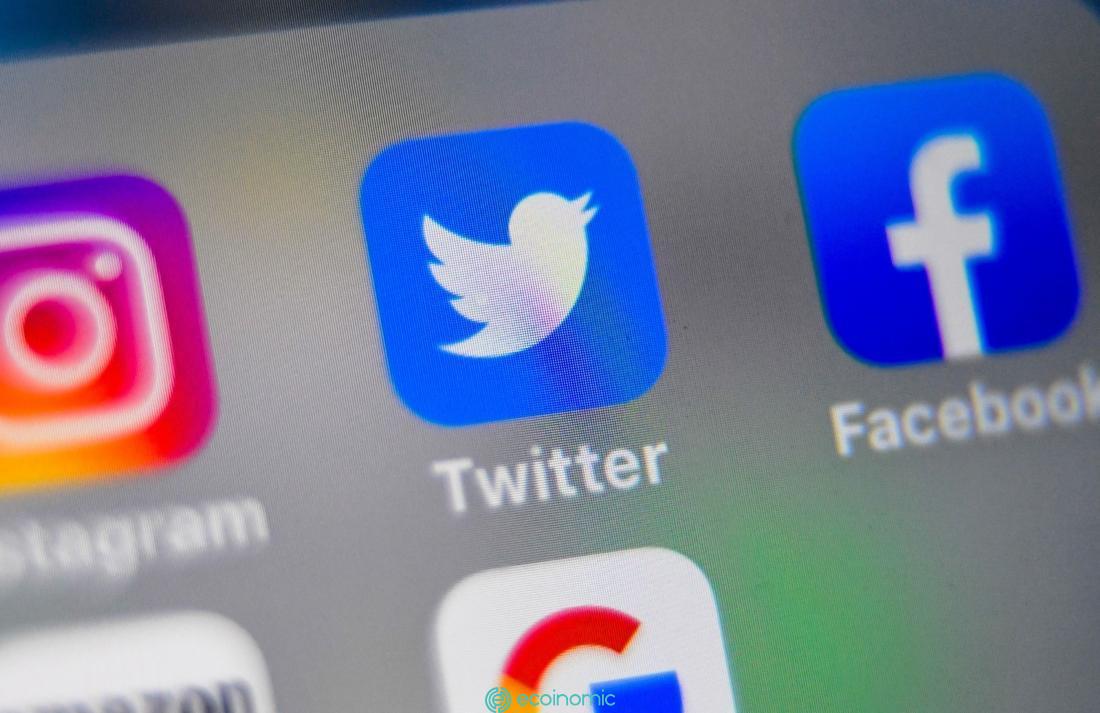Advertisement
On Web2 (Twitter and Facebook), users don’t own their own content or followers. This doesn’t happen on Web3, where supervisors like on Facebook or Twitter wouldn’t exist.
Today’s social media landscape is dominated by Web2 corporations, Meta (Facebook), and Twitter. Companies collect data from billions of users and rake in billions of dollars in revenue from user-generated content. While this is great for corporations and their shareholders, it comes at a cost to the average user and professional content creators.
In the near future, decentralized social media, Web3 will likely put an end to that old model by handing over power to users.
Because platforms like Facebook, Instagram, and Twitter are centralized, users will depend on corporate bosses who require compliance with their platform policies. If users don’t comply, they can lose the content and followers they’ve spent years building in a matter of seconds.

So what does Web3 have? It is the bosses of the company that will no longer be able to dictate to the users of their platform.
Web3 introduces solutions to reduce the number of middlemen, create an open ecosystem, enable new forms of monetization, and give individuals more power not only over their content but also over their followers.
Another feature of Web3 social media is that instead of generating revenue from advertising, users have the ability to make money directly from their work. The model encourages users to publish more good content. It’s simplified by allowing creators to set a fee to collect their posts – or set a fee to follow them. After that, the revenue will go directly to the creator, not the platform.
















